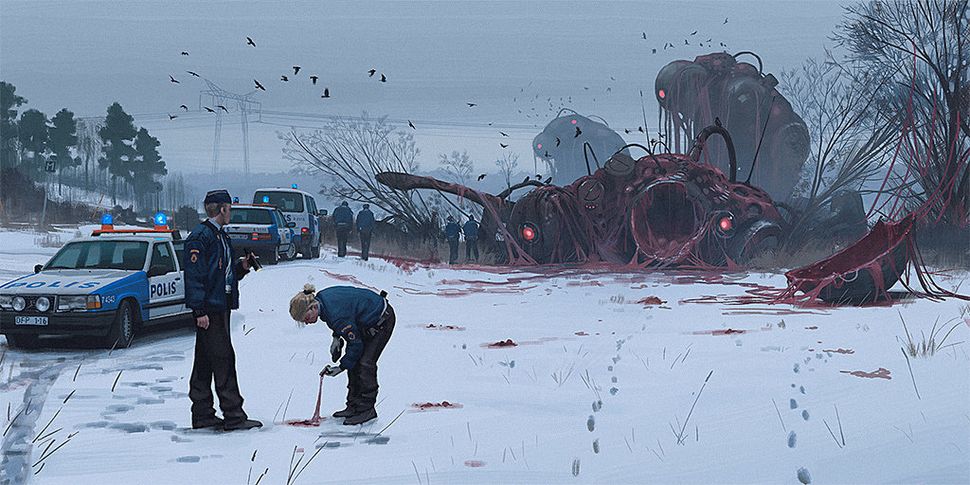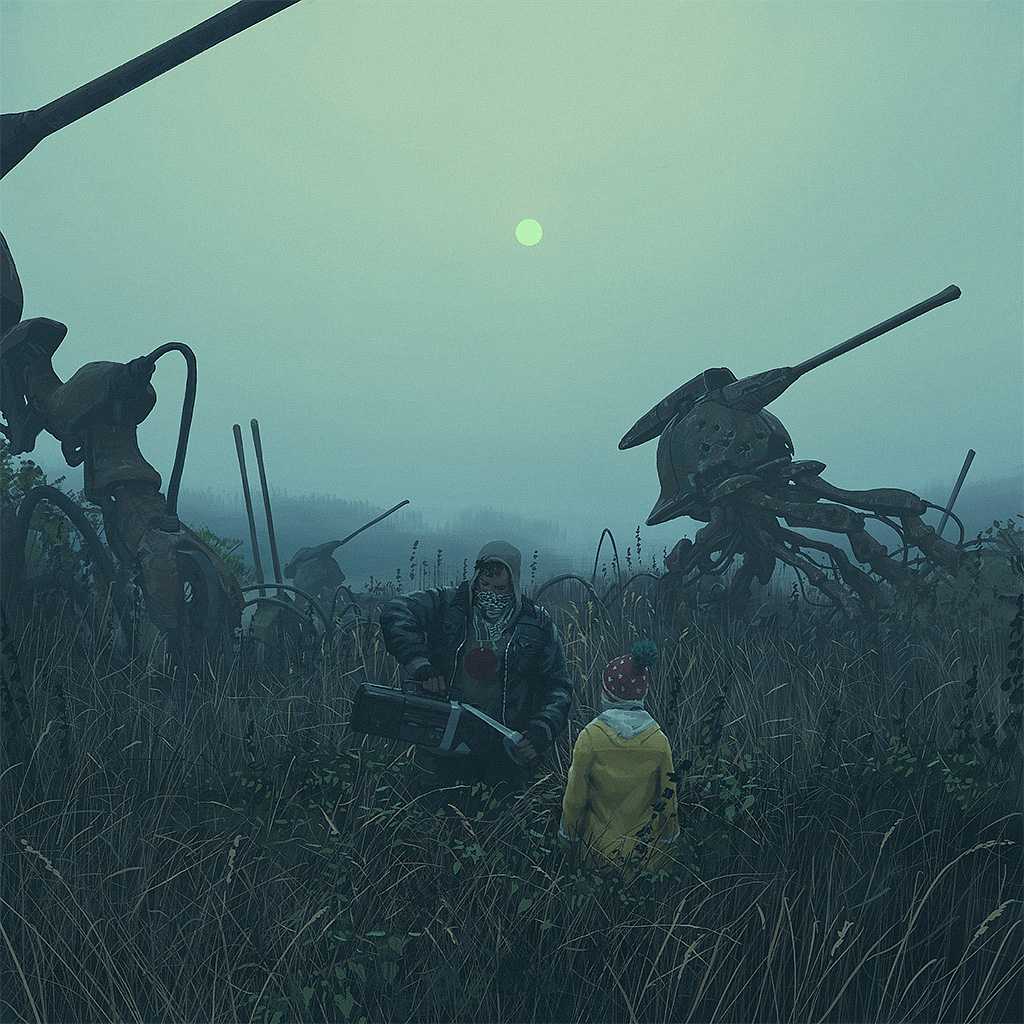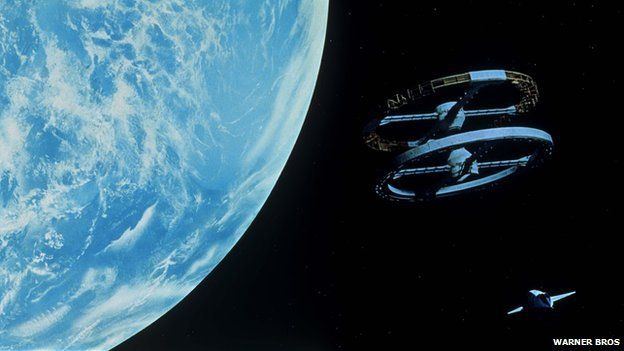The e-mail response below addresses client questions from the BBC regarding the pitch of my programme idea “Wildlife”. Here I have identified the questions and responded to them. Now I will take the replies I have given the BBC and alter my pitch based on them.
Dear Christina Zaidinski,
Thank you for your email. We have been able to reduce the budget of the show by 40% from the £300,000 overall budget mentioned in the pitch. Therefore, we will be looking for £60,000 for the pilot episode and £120,000 for the remaining episodes – having an overall budget of £180,000. We will do this by reducing any special effects in the show, such as green screen or models for inner-world objects, such as the militarised wall referenced in the treatment. Instead we will use practical effects or reuse props in the BBC model workshops at a reduced price. Another method to avoid this absence of higher SFX quality is to use a crowdfunding source such as Kickstarter or social media to raise more money for the show, allowing for a higher production value or more popular talent. This will also grow a loyal viewership before the show even releases.
We will also be using a viral marketing campaign to target a specific audience of British teenagers. Corporations such as Netflix are hiring members of their target audience to control the activity of their social media accounts, meaning teenagers will see the account as less like an advertisement and more like a viral source of information about the programme. This will also reduce costs dramatically by being almost free of charge.
In terms of the audience profile, our target audience character ‘Adam’ is the main crowd we think we’ll be drawing in, but there are other elements we will include to make sure the show is fully representative of the complete viewership. This includes making some characters members of the LGBT community and including ethnic minorities in some major roles. While we will be focusing on ensuring our talent is of excellent quality in terms of acting ability, we think Daniel Kaluuya would be the perfect pick for the role of Ken, the gang member killed in the first episode. He is Academy Award Nominated and British, as well as being prominent in the African-American film community, working with directors such as Jordan Peele, Steve McQueen and Ryan Coogler. We think this will attract a viewership that may not have initially watched the film from around the world and in our own country of the UK. We also want to target a female audience as more and more women and enjoying sci-fi than ever before, especially with the casting of a female doctor in the latest season of “Doctor Who”. The character of “Kayla” will be a strong and vital character in the story, not just a minor sidekick or even a love interest. There will also be female soldiers, police officers and gang members to accurately represent the British population. The representative cast will ensure the world is realistic and immersive.
The soundtrack will be electronic/experimental style as previously mentioned. We want to target an audience in touch with the quality of film and TV show production, with them understanding how music affects the living world of a media product. It is also possible to commission a track especially for the programme, similar to Post Malone and Swae Lee’s “Sunflower”, made especially for “Spider-Man: Into the Spider-Verse” (2018). This will attract a general viewership and generate buzz for the programme if released prior to the show’s release. Also using music from up and coming bands will attract their loyal fanbases and introduce opportunities for partnerships with the musicians. Lesser known tracks will also be cheaper and easier to license.
In terms of the writing team, we want to ensure it is a diverse group of talented writers from varying backgrounds, whether or not they are already acclaimed or just starting out. Jamie Brittain, a co-creator of the British TV show “Skins” may be excellent in creating the inter-character dialogue and developing characters. Charlie Brooker, creator and writer of “Black Mirror” would be excellent in world-building and developing the sci-fi atmosphere and elements.
Finally, we are sticking with using local and easy-to-access locations for filming, in the desolate English and Welsh countrysides, using forest and natural environments. This will reduce overall costs and create a creepy and fitting atmosphere and tone.
Thank you for your interest in “Wildlife”.
Yours Sincerely,
Max Salisbury


/cdn.vox-cdn.com/uploads/chorus_image/image/57993695/tumblr_om101cfekn1rc69zjo4_1280.0.jpg)







/cdn.vox-cdn.com/uploads/chorus_image/image/59605469/melies.0.jpg)

